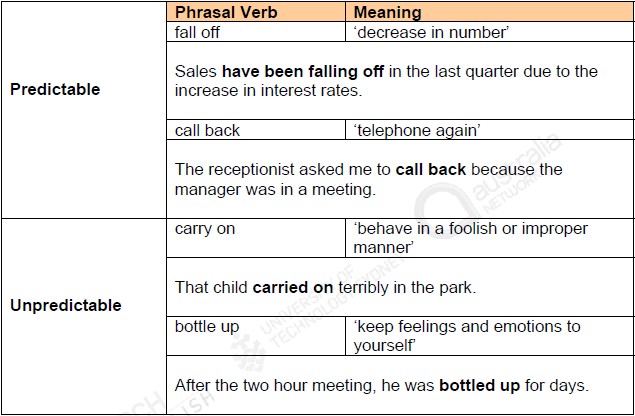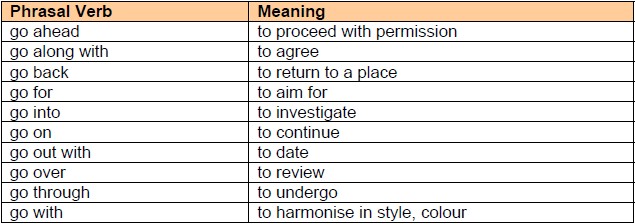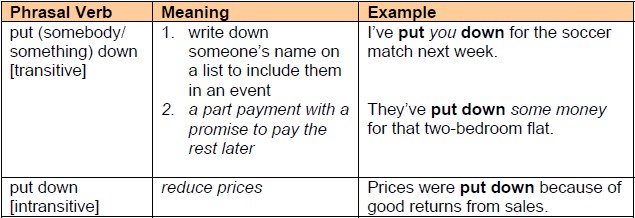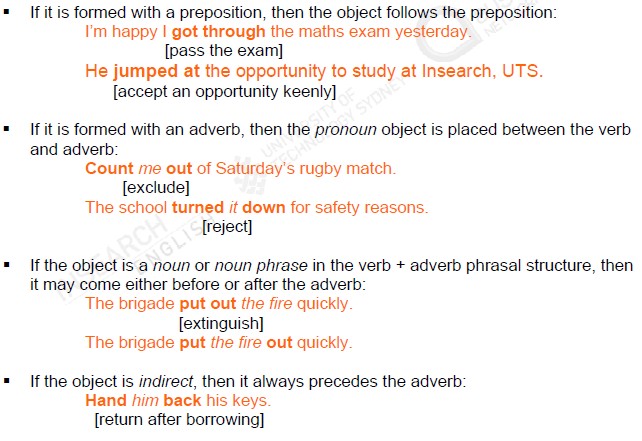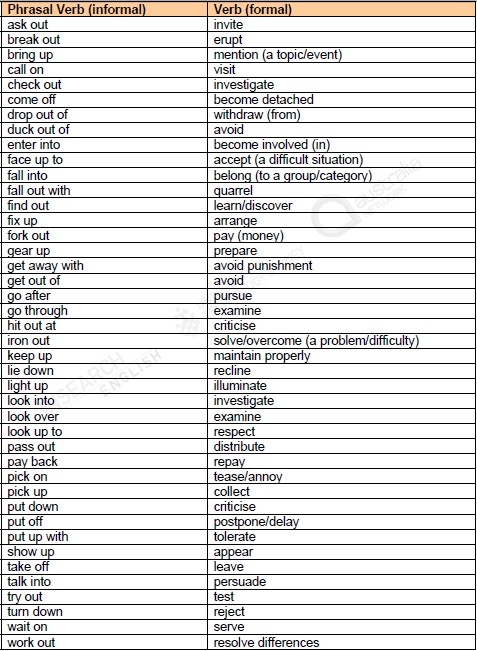Today, we’re going to look at cycles, at phrasal verbs, and then we’ll finish with a bit of punctuation.
But now, here’s a man who is a microbiologist and a mushroom grower.
He’s talking about mushrooms, and the part they play in the carbon cycle.
They occur naturally in the forests as wood degrading fungi. That’s their job. When trees die, they grow on the tree. They break down the lignin and the cellulose, which is the most resistant form of carbon, and they break it down, produce mushrooms and, in turn, you end up with organic matter going back into the soil, and so the carbon cycle in the forest goes on.
The speaker, Noel Arrold, is talking about how mushrooms grow ‘naturally’.
They are an important part of the carbon cycle, but what is a ‘cycle’?
A ‘cycle’ is a process that is repeated over and over. It goes around and around.
But how do we know this from listening to Noel?
When trees die, they grow on the tree. They break down the lignin and the cellulose, which is the most resistant form of carbon, and they break it down, produce mushrooms and, in turn, you end up with organic matter going back into the soil, and so the carbon cycle in the forest goes on.
He says ‘and so the carbon cycle in the forest goes on.’
By saying ‘the cycle goes on’ he is telling us that this process happens again and again.
At the end of the description, you need to signal that the process goes back to the beginning again.
We can say:
- ‘The process goes on.’
- ‘The process begins again.’
- ‘The process repeats itself.’
In a cycle, there is no real end or beginning, because the process just keeps going.
When describing a cycle, we need to start somewhere, then describe, in order, each
part of the cycle.
There are many different ways of describing the stages of a cycle. We can use transitional signals like ‘when’, ‘once’, ‘then’, or next’. When speaking, you can also use pauses and intonation to describe a cycle. In written language, this becomes punctuation.
Listen to Noel Arrold again describing the different parts of the cycle.
When trees die, they grow on the tree.
He says:
- ‘When trees die, they grow on the tree.’
- ‘When trees die comma, they grow on the tree.’
The first part of the cycle is that the trees die.
The second part is that when the trees die, fungi grow on the trees.
That’s the next stage.
When trees die, they grow on the tree.
They break down the lignin and the cellulose, which is the most resistant form of carbon, and they break it down, produce mushrooms.
OK, he says that the fungi break down the lignin and the cellulose. They break down the tree.
So the third stage is that the fungi break down the tree.
Fourth, they produce mushrooms.
When trees die, they grow on the tree.
They break down the lignin and the cellulose, which is the most resistant form of carbon, and they break it down, produce mushrooms and, in turn, you end up with organic matter going back into the soil.
e says ‘in turn’ organic matter goes back into the soil.
‘In turn’ signals the next stage of the process. ‘In turn’ means ‘next’, or ‘because of that’.
That’s the fifth stage. The organic matter goes back into the soil.
And then what happens?
When trees die, they grow on the tree.
They break down the lignin and the cellulose,
which is the most resistant form of carbon, and they break it down, produce mushrooms and, in turn, you end up with organic matter going back into the soil, and so the carbon cycle in the forest goes on.
The carbon cycle in the forest goes on.
The organic matter helps new trees to grow again, and then those trees die. We’re back to the first stage again. This is the carbon cycle.
OK, now we’re going to look at some ‘phrasal verbs’.
‘Phrasal verbs’ consist of a verb followed by a preposition. This forms a new verb, one sometimes related to the original verb, but sometimes not.
‘Phrasal verbs’ are idiomatic. There’s no pattern to the meanings they take, and they often have a number of different meanings.
You often can’t just guess the meanings of phrasal verbs, you have to learn them.
Let’s look at the phrasal verbs in this clip.
They break down the lignin and the cellulose which is the most resistant form of carbon, and they break it down, produce mushrooms and, in turn you, end up with organic matter going back into the soil, and so the carbon cycle in the forest goes on.
There were four phrasal verbs.
They were:
‘break down’, ‘end up’, and two using go – ‘go back’ and ‘go on’.
Notice that sometimes the preposition will give you an indication as to what the phrasal verb might mean.
Let’s look at these four.
See if you can match the meanings.
‘Break up’, ‘end up’, ‘go on’, ‘go back’, and ‘finish’, ‘continue’, ‘decompose’, ‘return’.
Well ‘break up’ means to ‘decompose’, ‘go back’ means to ‘return’, ‘go on’ means to ‘continue’, and ‘end up’ means to’ finish’.
But notice that ‘break up’ can sometimes mean ‘finish’ as well – we can ‘break up’ from school.
In formal writing, we would be more likely to use words like ‘continue’ or ‘return’, than phrasal verbs, which tend to be less formal.
Phrasal verbs are difficult to learn because there are so many of them.
Look at ‘go’. We’ve already seen it with ‘go back’ and ‘go on’, but there’s many, many more, and remember, most of these have more than one meaning.
It takes a lot of time to get used to all the phrasal verbs and what they mean. You need to listen carefully to people speaking, and the way they use phrasal verbs.
Another important thing to do is to write them down in groups – and buy a good phrasal verb dictionary.
So pay attention to those phrasal verbs. Learning them in groups can be fun, and your spoken English will sound much more natural.
Now we’re going to look at some writing tips.
For variety, it’s important that you use a lot of different of sentence types, of different lengths. The difficult thing is finding the balance.
You can join together short sentence using ‘conjunctions’, but what do you do with sentences that are too long?
This sentence has many ideas, all joined together with ‘and’.
How many ‘ands’ are there in the sentence?
They break down the lignin and the cellulose, which is the most resistant form of carbon, and they break it down, produce mushrooms and, in turn, you end up with organic matter going back into the soil, and so the carbon cycle in the forest goes on.
There are four ‘ands’. This sentence is too long, and should be edited. The ideas can be broken down into smaller groups and shorter, clearer sentences.
There are several ways of doing this. We can use ‘punctuation’, ‘conjunctions’ and ‘connectors’.
So let’s have a look. Here’s the full sentence.
We can start by using ‘punctuation’.
Use a ‘comma’ to separate clauses.
Use ‘full stops’ to separate complete ideas and you can replace some of the ‘ands’ with full stops, but remember the new sentence must now start with a capital letter.
Now we have a clear paragraph, expressing a number of ideas with different kinds of sentences.
And the carbon cycle goes on, but we can’t go on – it’s time to end this episode of Study English, but I’ll see you next time. Bye bye.
The organic matter helps new trees to grow again, and then those trees die. We’re back to the first stage again. This is the carbon cycle.
Study Notes
Phrasal verbs are characteristic of informal language, and are commonly used in spoken English. Though they do not look difficult, they can be problematic for learners of English because of their construction and idiomatic meanings.
Phrasal verbs consist of a verb followed by a preposition. This forms a new verb, one sometimes related to the original verb, but sometimes not.
There’s no pattern to the meanings they take, and they often have a number of different meanings.
Phrasal verbs are expressions or phrases which consist of a:
Phrasal Verbs and Meanings
When a verb combines with either an adverb or preposition to form the phrasal verb, a new or extended meaning is created. This meaning is sometimes predictable from the meanings of the words that form them, but usually the meanings are unpredictable because they are idiomatic – the meanings cannot be understood from the individual words. For example:
Phrasal verbs are commonly followed by prepositions and adverbs such as:in, out, up, off, back, into, on, over, down and others. Compare how the meaning of a verb, for example go, changes with the preposition or adverb.
Transitive and Intransitive Phrasal Verbs
As with other verbs, phrasal verbs may be transitive (requiring an object) or intransitive (not requiring an object). For example:
Sometimes it is possible to separate the parts of a transitive phrasal verb.
There are some two-part and all three-part phrasal verbs, which cannot be separated:
Style
Phrasal verbs are characteristic of informal language, and are commonly used in spoken English. In academic writing, it is important not to use phrasal verbs. Below is a list of phrasal verbs with possible formal verb choices.

